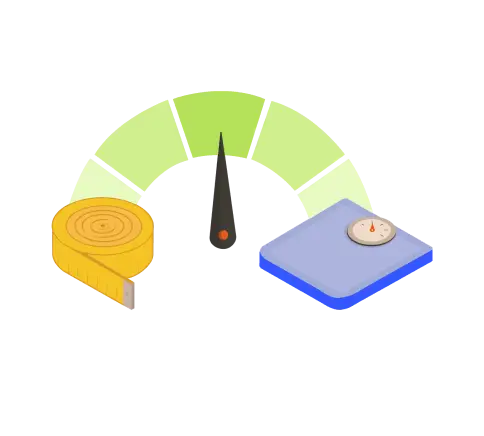Today's Top Stories

10 Rheumatoid Arthritis Symptoms You Shouldn't Ignore
Joint pain isn’t the only thing that comes with rheumatoid arthritis. There are symptoms that you might not realize are related to the disease. Here are signs to look out for.

What Are Signs And Symptoms of Lupus?

Healthy Breakfasts To Start Your Day Strong

Tips For Living With Chronic Fatigue Syndrome
Health News
View All
Estimates Show Rise in Age-Related Macular Degeneration Cases
Estimates show that by 2040, age-related macular degeneration may affect nearly 300 million people worldwide. Here's what to know.
A Healthy Lifestyle Can Add Years to Life, Despite 'Bad' Genes
Cows Are Potential Spreaders of Bird Flu to Humans
Olive Oil May Lower Your Risk of Dementia-Related Death
Special Section
 Spotlight on Medicare Advantage
Spotlight on Medicare AdvantageDiscover How You Can Make the Most of Medicare Advantage
From making your prior authorization process easier to understanding your prescription coverage, what to know.
 Content on Myasthenia Gravis
Content on Myasthenia GravisCreating a Plan for Your Treatment and Well-Being
Find out how to build a treatment plan with your doctor plus how to manage your overall health while living with myasthenia gravis.
 Spotlight on a Clean Home
Spotlight on a Clean HomeHow Clean Is Your House?
Learn how to beat germs and improve air quality in every room of your home.
Free WebMD Newsletters
Doctor-approved health and wellness information delivered to your inbox.

Patient and Expert Contributors
View All- Health Topics A-Z
 Dunstan Nicol-WilsonDiagnosed since 1993
Dunstan Nicol-WilsonDiagnosed since 1993 - Brain & Nervous System
 Misha Grayson ColemanDiagnosed since 2021
Misha Grayson ColemanDiagnosed since 2021 - Digestive Problems
 Sally Kuzemchak, RD, MSRegistered dietitian
Sally Kuzemchak, RD, MSRegistered dietitian - Digestive Problems
 Suzie FinkelRegistered dietitian
Suzie FinkelRegistered dietitian
Health A - Z
View AllADD/ADHD - Childhood
ADHD
Allergies
Alzheimer's
Ankylosing Spondylitis
Anxiety Disorders
Arthritis
Asthma
Back Pain
Cancer
Children's Vaccines
Cholesterol
Cold, Flu, & Cough
COPD
Coronavirus
Depression
Diabetes
Digestive Disorders
Eye Health
Health & Balance
Heart Health
Heartburn/GERD
Hypertension
Lung Cancer
Mental Health
Migraines
Multiple Myeloma
Multiple Sclerosis
Oral Care
Orthopedics
Osteoporosis
Ovarian Cancer
Prostate Cancer
Psoriasis
Rheumatoid Arthritis
Schizophrenia
Sexual Conditions
Skin Problems
Sleep Disorders

Our Content Is Different Because We Set the Bar Higher
As a leader in digital health publishing for more than 25 years, WebMD strives to maintain the most comprehensive and reliable source of health and medical information on the internet.
We recognize the responsibility that comes along with being the most well-known and trusted health information platform — and we take that responsibility seriously by:
- 01Charging our content creators to practice journalistic principles of excellence and provide objective, accurate, and balanced reporting
- 02Maintaining editorial independence and transparency into how we protect the integrity of our content
- 03Regularly reviewing and updating our content by working with our network of more than 100 doctors and health experts















